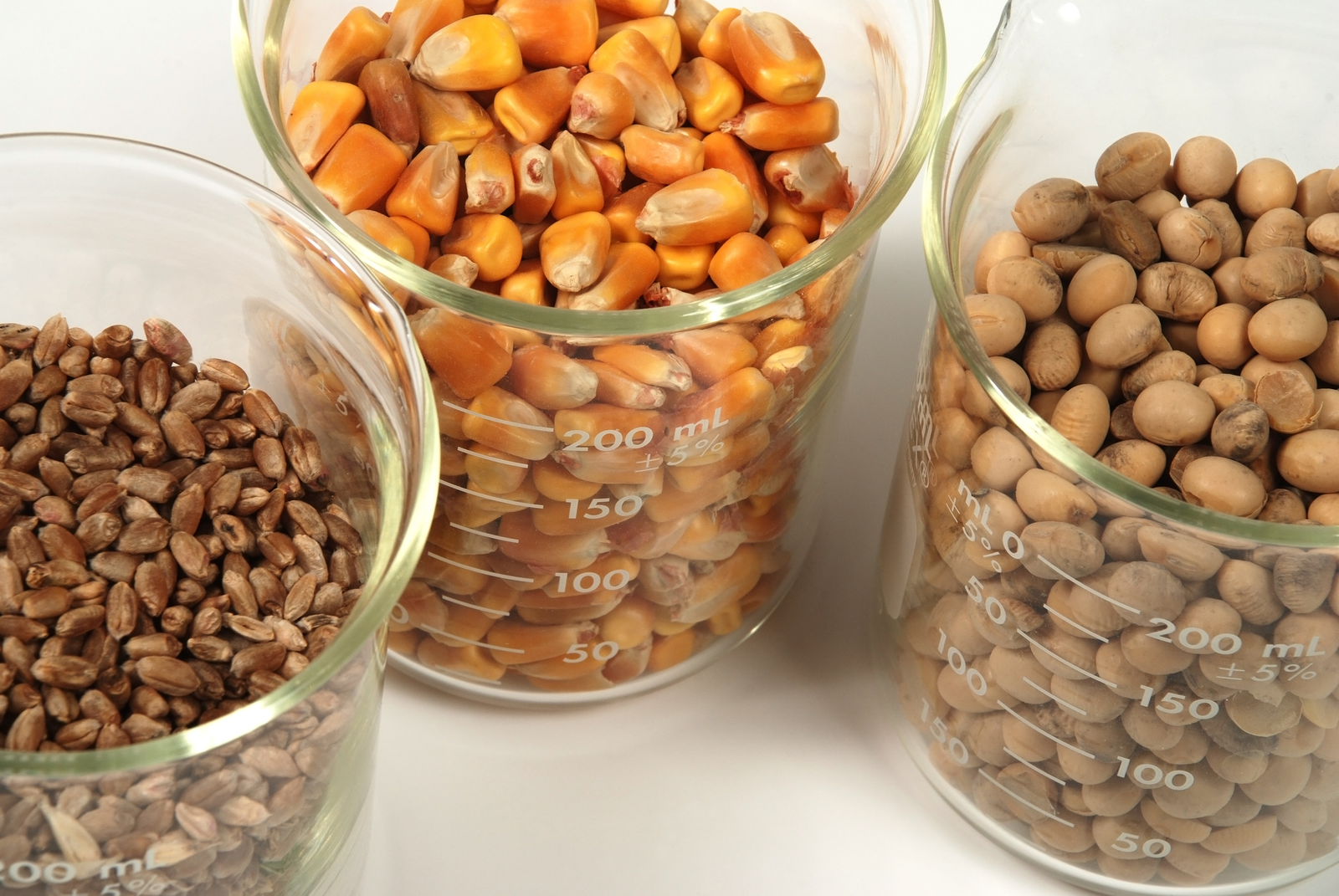Animal feed savings with a multi-component enzyme

A combination of the enzymes xylanase and beta-glucanase gives nutritionists more ?freedom to use high levels of grains in pig and poultry diets. Such a product was tested for its ability to cope with pelleting and its effect on feed conversion.
By Inne Gantois, market development
manager Carbohydrases EMEA, DSM
Total levels of non-starch polysaccharides (NSPs) in complete diets of poultry and swine can range from 10 to 16% and their complexity in different raw materials make for an interesting, but complicated, field of research. In cereals, the outer layer and the endosperm cell wall are mainly made up of arabinoxylans (AX) and beta-glucans (Figure 1). The exact composition of each varies from cereal to cereal. Wheat contains approximately 11-12% of NSPs, which are predominately AX (71%). This structure requires primarily a xylanase enzyme to degrade the NSP fraction. Barley contains more than 16% NSPs, and high levels of soluble beta-glucans, which causes high intestinal viscosity. Therefore, nutritionists are often reluctant to use high levels of barley (mainly in poultry), given the risk of reduced performance and wet litter. To avoid this risk, and give nutritionists the flexibility to formulate with higher levels of barley (>20%), the use of a combination of xylanase and beta-glucanase is recommended. This is the same for oats, triticale and rye, which all contain substantial levels of both soluble and insoluble beta-glucans. In triticale, insoluble beta-glucans are present at higher concentrations than soluble ones, with the significant adverse effect of entrapping nutrients. Given the distinct differences in NSP content of these raw materials, more than one type of carbohydrase activity will be required to improve the release of nutrients and reduce viscosity.
Viscosity: a continuing problem
Although it is generally accepted that high viscosity can harm the performance of fast growing birds like broilers and turkeys, today’s wheat varieties have a lower viscosity than they did 15 years ago. Nevertheless, viscosity of barley, rye and triticale is still prevalent, with high values reported in wheat batches across a number of regions. Contributory factors to the negative effect of soluble NSPs on performance have been extensively investigated. For example, it has been found that soluble NSPs lead to increased intestinal viscosity, which results in reduced speed and motility throughout the digestive tract. This negatively influences the efficiency of mixing and restricting access of endogenous enzymes. NSPs have also been shown to increase the thickness of the mucous layer of the mucosa. These mechanisms can potentially lead to reduced digestive efficiency and nutrient absorption. The effect of high viscosity on gut flora imbalance is yet another issue, with increasing reports of necrotic enteritis associated with wheat and barley based diets.
Effects of high temperature
In recent years, growing demand for safe feed and Salmonella control have increased the pelleting temperature of feed. Although this favours the pellet quality and the homogeneity of feed intake, it also initiates chemical alterations in the feed, such as denaturation of proteins and increase of NSP solubilisation. High temperatures deactivate the endogenous enzymes in cereals and in combination with associated chemical changes to soluble fibres, increases viscosity in the diet. This increase is caused by changes in the polymerisation of the soluble NSP fraction. Thus, heat treatment of diets rich in soluble NSPs may negatively affect nutrient availability (Figure 2). To alleviate this problem, exogenous enzymes are added to degrade the soluble NSPs. Given the sensitivity of exogenous enzymes to inactivation by high temperatures, thermostability is a crucial quality aspect of a carbohydrase. To overcome these challenges, the latest Granular Thermostable (GT) coating technology from Novozymes has been applied to a multi-component carbohydrase* to develop a new thermostable carbohydrase.
Trials in poultry
Numerous trials prove a recovery rate of 90% after pelleting at 90°C, making it the most thermostable multi-component enzyme on the market (Figure 3). To prove that viscosity is strongly and negatively correlated with performance, a broiler trial was carried out with a blended wheat and barley (25/35%) based diet (Figure 4). Based on this trial, it has been revealed that a decrease of viscosity with 2 mPa.s in the ileum results in a 4% improvement of feed conversion. This has been confirmed by other similar research, suggesting that a small reduction in viscosity can have a substantial impact on digestive efficiency. The trial included a comparison with an alternative commercially available multi-component product (xylanase and beta-glucanase). Although an improved feed conversion was recorded due to lower viscosity, the product did not match the performance of the multicomponent carbohydrase*. This can partially be explained by the lower thermostability of the comparative product. After pelleting the feed at 75°C, the recovery rate was only 56% while the multi-component carbohydrase* had a recovery rate of 100%. There were also notable marked differences between different competitors, in terms of their dusting potential (Figure 3).
High stability
Although the largest potential for denaturation of the enzymes in the total feed process are the pelleting conditions (heat, moisture and mechanical pressure), other important factors include to storage and premix stability. For example, long and/or high ambient temperature (>25°C) storage conditions are detrimental to the stability of enzymes. In combination with high storage temperatures, the denaturation can reach levels that impact the enzymes efficacy in feed. Leg and bone problems have been reported as a consequence of long storage of phytase enzymes. Loss of activity of the carbohydrase enzymes can have a significant impact on performance (feed conversion, wet litter), especially if formulated with a feed cost saving strategy (lower energy diet). It is therefore important that an efficacious carbohydrase is supplied in a stable form to ensure better performance or higher feed cost savings. Thorough testing with the pure product mixed into a multitude of feeds, shows that the stability performance of the new multi-component carbohydrase* is high. Vitamins, minerals and trace elements which are normally found in feed premixes can also modify enzyme stability and thus decrease enzyme activity. In conclusion, the thermostable multi-component enzyme showed improvement in nutritional utilisation, allowing the formulation of a diet with lower energy and a lower overall feed cost.
[Source: AllAboutFeed magazine, Vol 22, nr 5, 2014]
* RONOZYME® MultiGrain
Join 26,000+ subscribers
Subscribe to our newsletter to stay updated about all the need-to-know content in the feed sector, three times a week. Beheer
Beheer









 WP Admin
WP Admin  Bewerk bericht
Bewerk bericht